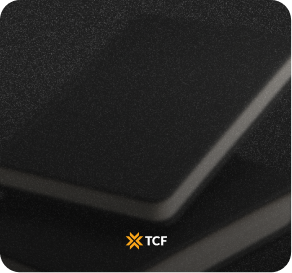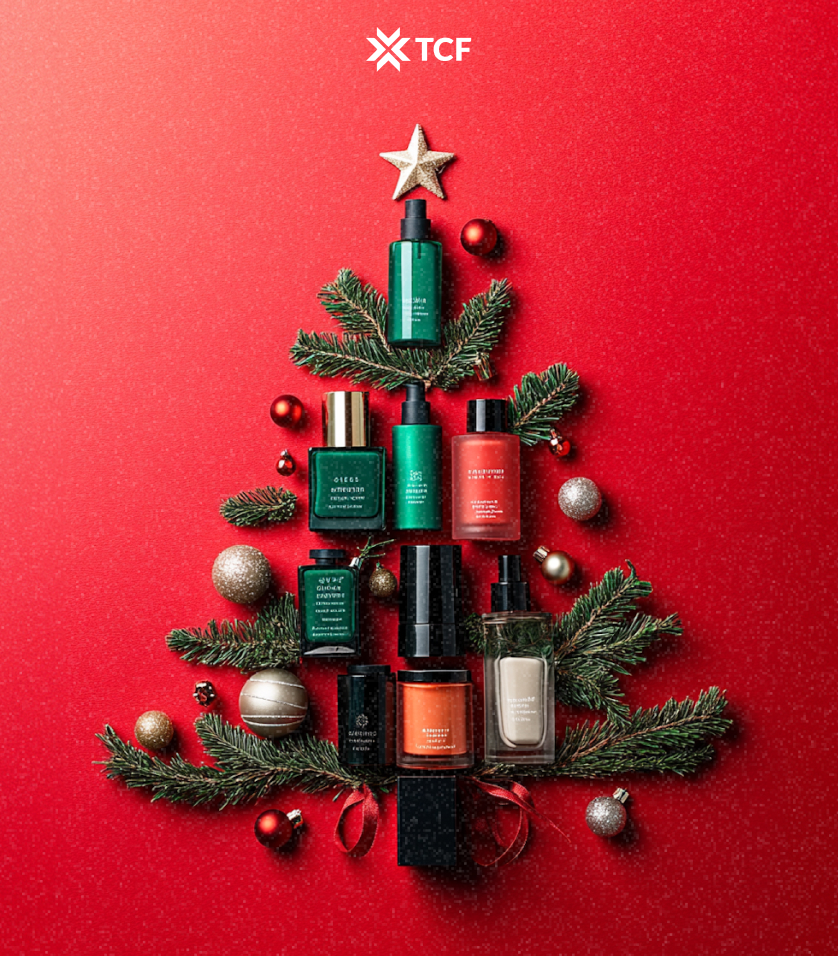I’ve seen a lot of marketing trends come and go, but AI influencers? They seem to be sticking around and for good reason.
You’ve probably already seen them. Flawless skin, perfect lighting, zero signs of a real human behind the screen. AI influencers are showing up in your feed, in brand campaigns, and sometimes, weirdly, in your FYP talking about skincare routines they physically can’t use.
Brands like Bershka and PUMA are already in. Engagement is up, production headaches are down, and no one’s ghosting the approval thread.
Could be a smart strategy. Could be your first step into a Black Mirror subplot. Depends how you use it.
I’ll break down what AI influencers are, how they perform, what they cost, where they work best, and how to test one without triggering your legal team. Plus, a short list of the top AI creators to watch in 2025.
Let’s get into it.
[[cta5]]
What Exactly Is an AI Influencer?
When I first came across AI influencers, I was skeptical. But once you break down how they’re built and what they actually do, it’s clear why so many ecommerce teams are testing them.
AI influencers are fully virtual characters. Fake people doing very real marketing work. They look human, post like creators, rack up followers, and never miss a deadline. But every photo, caption, and opinion is crafted behind the scenes by a brand, studio, or marketing team with a plan.
They’re usually built using a mix of 3D modeling, CGI, and AI-assisted tools for scripting and styling. Some are ultra-lifelike, others intentionally cartoonish. Either way, they come with full personality kits: names, interests, on-brand hobbies, and bios that sound suspiciously polished. Because they are.
There’s no messy creative process. No “sorry I forgot to post.” No unexpected collabs with your competitor two weeks later. You get complete control of the tone, visuals, timing, the whole thing.
Most show up on Instagram or TikTok, starring in lookbooks, tutorials, product drops, or day-in-the-life content that was never actually lived.
They’re not human. They’re not pretending to be. But they are designed to feel close enough that your audience might pause mid-scroll and wonder.
Do AI Influencers Actually Work?
AI influencers are already in active use across ecommerce campaigns. Some brands are reporting stronger engagement, smoother production workflows, and more control over content delivery.
Engagement
Data from HypeAuditor shows that virtual influencers often achieve higher engagement rates than human creators with similar audience sizes. On platforms like Instagram and TikTok, their posts average up to 1.5% more engagement. This performance is linked to their visual style, consistent output, and novelty in the feed.
Cost
Hiring an AI influencer through a studio or platform tends to fall below the cost of working with mid-tier human creators. Fees typically cover content production, licensing, and distribution without additional expenses for travel, reshoots, or negotiation cycles.
Creating a custom AI avatar involves a higher upfront investment. For ecommerce brands looking for long-term use across campaigns and channels, pricing starts around $10,000 and can exceed $50,000, depending on visual complexity and required features.
ROI
AI influencers offer scalable content production without dependency on physical shoots. Brands can use a single asset across multiple formats, regions, and timelines. This supports consistent branding and reduces the risk of missed deadlines or inconsistent messaging.
Campaign performance depends on creative direction, asset quality, and channel strategy. Brands using AI influencers for product launches, seasonal content, or localized storytelling have reported strong engagement and efficient asset reuse.
Pros and Cons
Brands are using AI influencers for real campaigns, and for good reason. Here's what they bring to the table, where they fall short, and where they tend to perform best.
Pros
- Full creative control: Every pose, caption, and comment is designed to stay on-brand, making them a powerful tool in ecommerce influencer marketing.
- Consistent output: Once the avatar is built, it can produce content on demand without waiting for shoot days or edits.
- Long-term asset value: Brands can reuse and adapt visuals across channels, regions, and product lines without rebuilding from scratch.
- No human complications: No contract drama, no disappearing acts, no unapproved collabs with competitors.
Cons
- Audience trust is harder to earn: AI influencers can feel polished to the point of detachment. Without the right tone, people scroll past or tune out.
- Legal and ethical gray zones: Disclosure requirements vary, and brands need to stay ahead of changing platform rules and FTC guidelines.
- Creative limitations: Real-time reactions, unfiltered storytelling, and lived experiences are harder to simulate convincingly.
Used with intention, they become reliable creative tools for brands that care about scale, speed, and message control.
How to Test AI Influencers Without Burning Your Budget
An AI influencer test should give you clear signals on workflow fit, asset control, and creative performance. Here’s how to structure it for usable insight, not surface-level engagement.
1. Choose a visual format your team can scale
Start with the content format that’s most system-friendly for your team: looping Reels, modular stills, shoppable carousel posts, or animated TikToks. AI influencers excel at visual consistency, but that only matters if your team can actually deploy the assets fast.
2. Request layered assets
Avoid flat files. Ask for editable formats, separate backgrounds, multiple expressions, outfit changes, lighting variations, and camera angles. These give your team flexibility for paid vs organic, global vs local, and feed vs story.
You’re not buying content. You’re building a modular asset bank. Treat the virtual person like a design system.
3. Treat the studio like a production vendor
The team behind an AI influencer usually works more like a visual effects or animation studio. They need specifics. Your brief should include visual style references, platform specs, layout dimensions, camera angles, facial expressions, and call-to-action placements.
Share examples from your highest-performing creative, mockups for paid placements, and clear notes on brand tone. The more structure you give, the fewer rounds you’ll need.
4. Get clear on usage rights before production begins
Studios and AI influencer platforms follow different licensing models. Some grant broad use across platforms and timeframes, others limit content to specific campaigns or channels. Ambiguous terms can lead to blocked reuse, added rendering fees, or renewal charges later on.
Confirm which formats you’ll receive, how long you can use the content, which platforms are covered, and what’s allowed post-campaign.
5. Benchmark performance against your own campaign standards
Use internal benchmarks for engagement, clickthroughs, and ROI alongside with general influencer metrics. Track:
- Saves, shares, and profile taps
- CTR and CPC in paid placements
- Scroll depth or attention metrics
- Audience sentiment patterns
Run side-by-side content tests using identical copy and placement strategy to measure the avatar’s creative performance.
Top 9 AI Influencers You Should Actually Know in 2025
These virtual influencers post like humans, collaborate like professionals, and never miss a deadline. They’ve built real followings, partnered with actual brands, and each comes with their own look, voice, and vibe. Some are polished, some are weird—in a good way—and all of them are worth keeping on your radar.
1. Lu do Magalu - @magazineluiza - 7.9M followers
Brazil’s top retail AI star blends short-form unboxings with live Q&A drops. Featuring major collabs (Burger King, Adidas, Samsung) and even a Vogue Brazil spread, her posts drive discovery and conversions at scale.
2. Noonoouri - @noonoouri - 503K followers
Her stylized, couture-forward visuals have appeared in campaigns for Dior, Versace, and Marc Jacobs. Noonoouri’s animated expressions work especially well for lookbooks and luxe drops, ideal for high-end or aesthetic-focused brands.
3. Imma - @imma.gram - 389K followers
Imma frequently stars in design-driven campaigns (Coach, IKEA, Prada) and even spoke at TED Vancouver in 2024. Her glossy feed blends Japanese minimalism with global street style, making her a compelling bridge between lifestyle and luxury.
4. Aitana López - @fit_aitana - 370K followers
She projects a well-constructed persona (fitness‑focused, multilingual) used by brands like Brandy Melville and Olaplex. Accessible yet polished, she’s ideal for health, wellness, or beauty product launches.
5. Shudu - @shudu.gram - 238K followers
Regarded as the original digital supermodel, she’s appeared in Vogue, Fenty Beauty ad sets, and Balmain campaigns making her a standout choice in influencer marketing for beauty brands, high-end fashion, and stunning visual-first launches.
6. Kyra - @kyraonig - 243K followers
India’s first virtual model offers skincare, travel, and tech content in a style that fits regional and Gen Z audiences. The holder of the 2023 AI Creator of the Year award is a smart fit for brands expanding in South Asia.
7. Kenza Layli - @kenza.layli - 193K followers
A virtual Moroccan muse mixing Islamic modest fashion and car campaigns for Hyundai. Works well for multilingual storytelling and brands aiming at Arabic, French, or North African markets.
8. Milla Sofia - @millasofiafin - 330K followers
This Finnish influencer doubles as a budding musician and tech-lifestyle model, bridging the beauty and sound spaces. Her mix of product collabs and original content drives authentic affinity in consumer tech and wellness verticals.
- Rozy - @rozy.gram - 171K followers
South Korea’s sustainably-minded style icon delivers polished travel and fashion reels. Perfect for quick-turn campaigns in eco-apparel, wellness, or K-style markets, especially where fast local adaptation is needed.
Conclusion
AI influencers are already reshaping how ecommerce brands approach content. They’re not replacing creators yet, but they are giving marketing teams new ways to control quality, speed up production, and extend campaigns without booking another shoot.
If you’re thinking of testing one, the real advantage is in planning ahead. The more clearly you define your creative needs and usage terms, the more useful these digital creators become. They're flexible, efficient, and surprisingly versatile, but only when paired with smart briefs and realistic expectations.
Start with one campaign, one use case, and let the results speak louder than the concept. Because hype fades fast, but content that performs tends to stick around.
[[cta5]]


.png)



.png)


.png)


.jpg)

